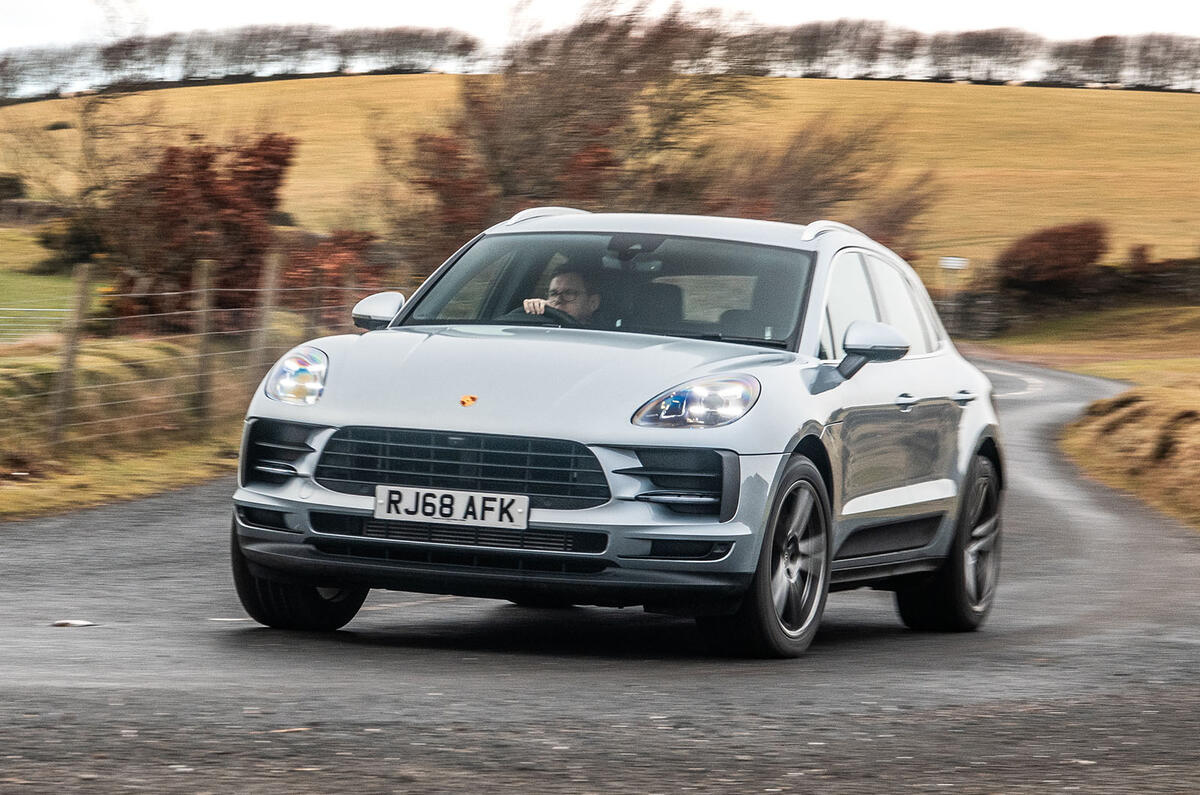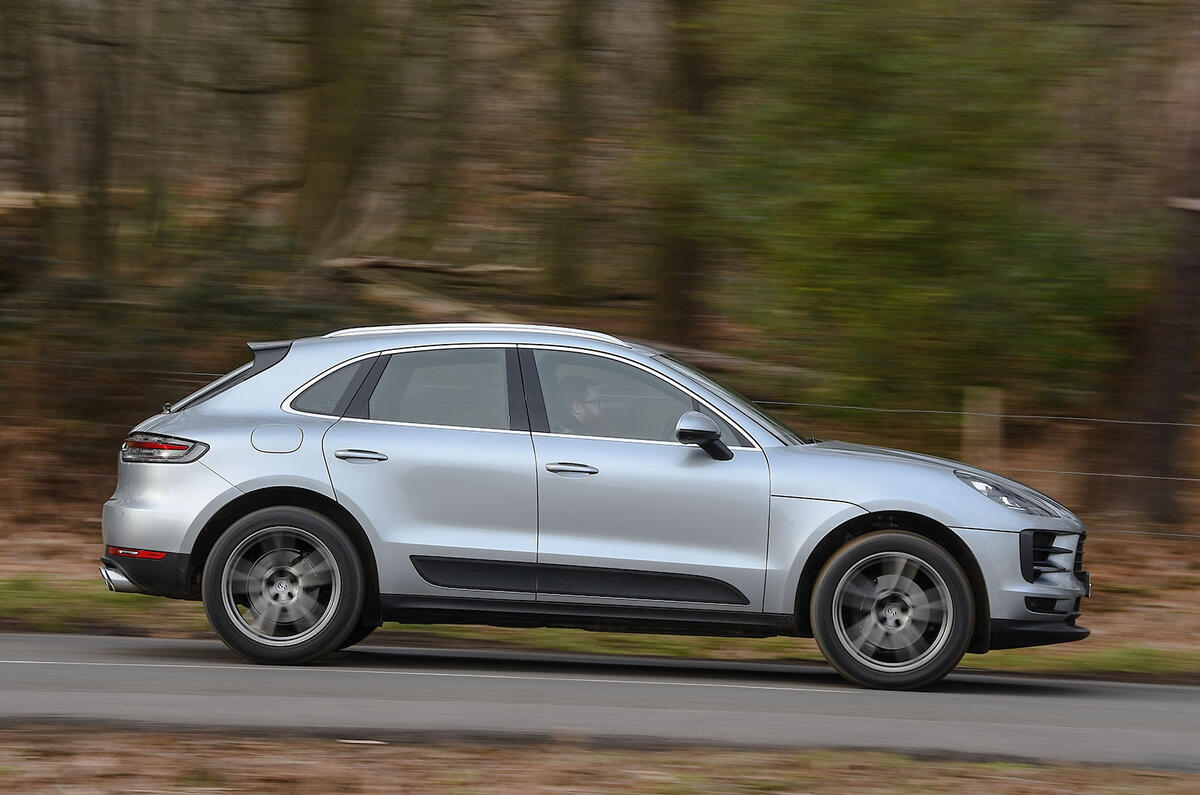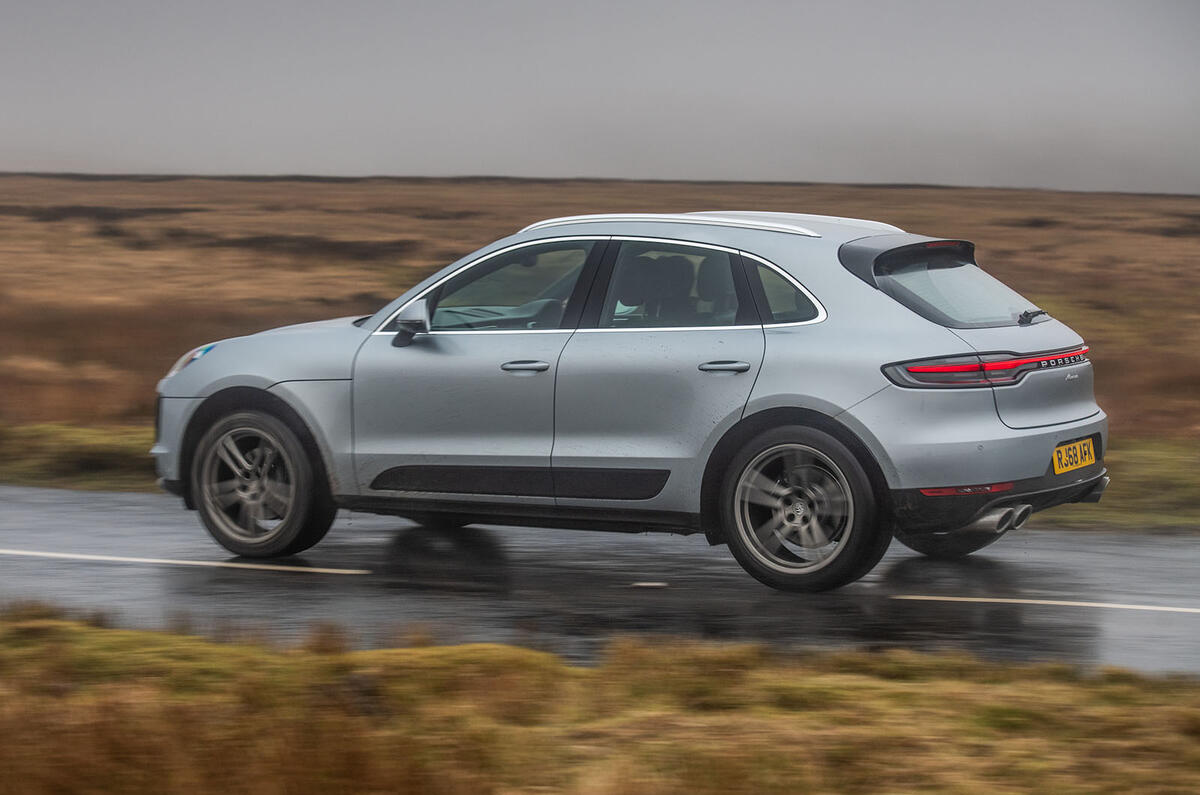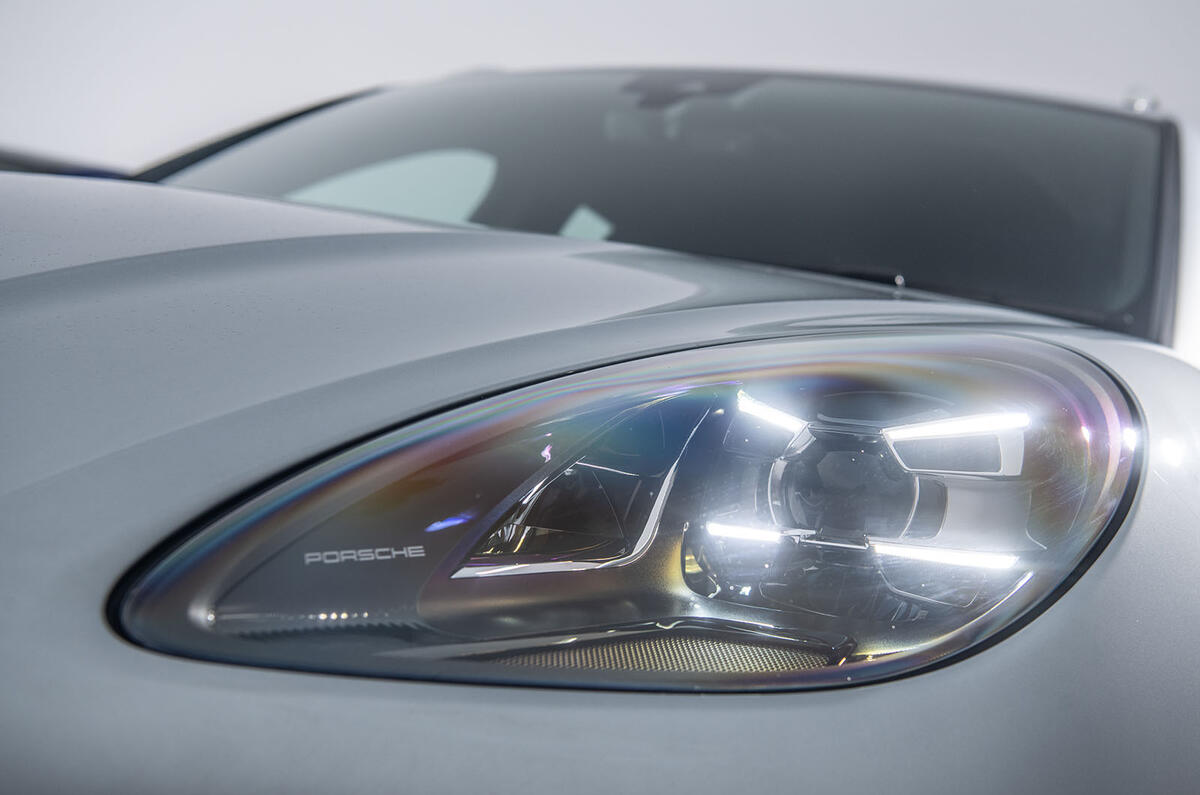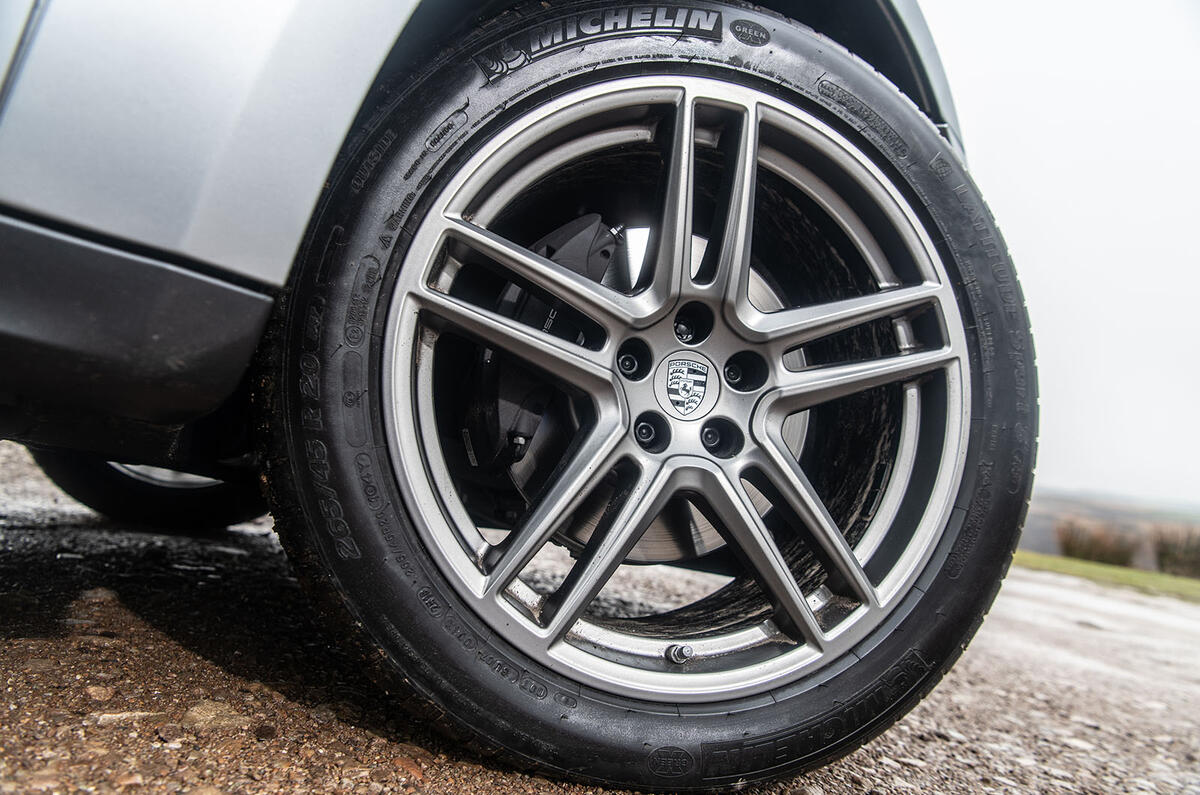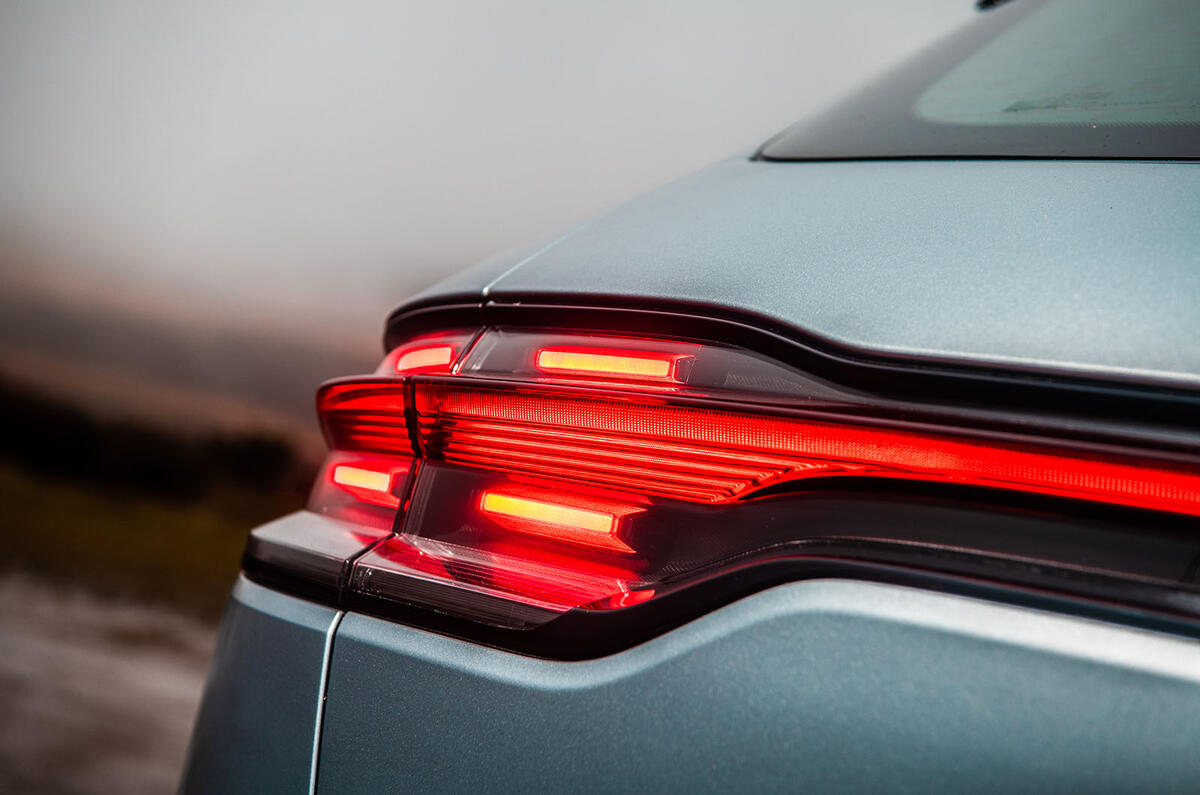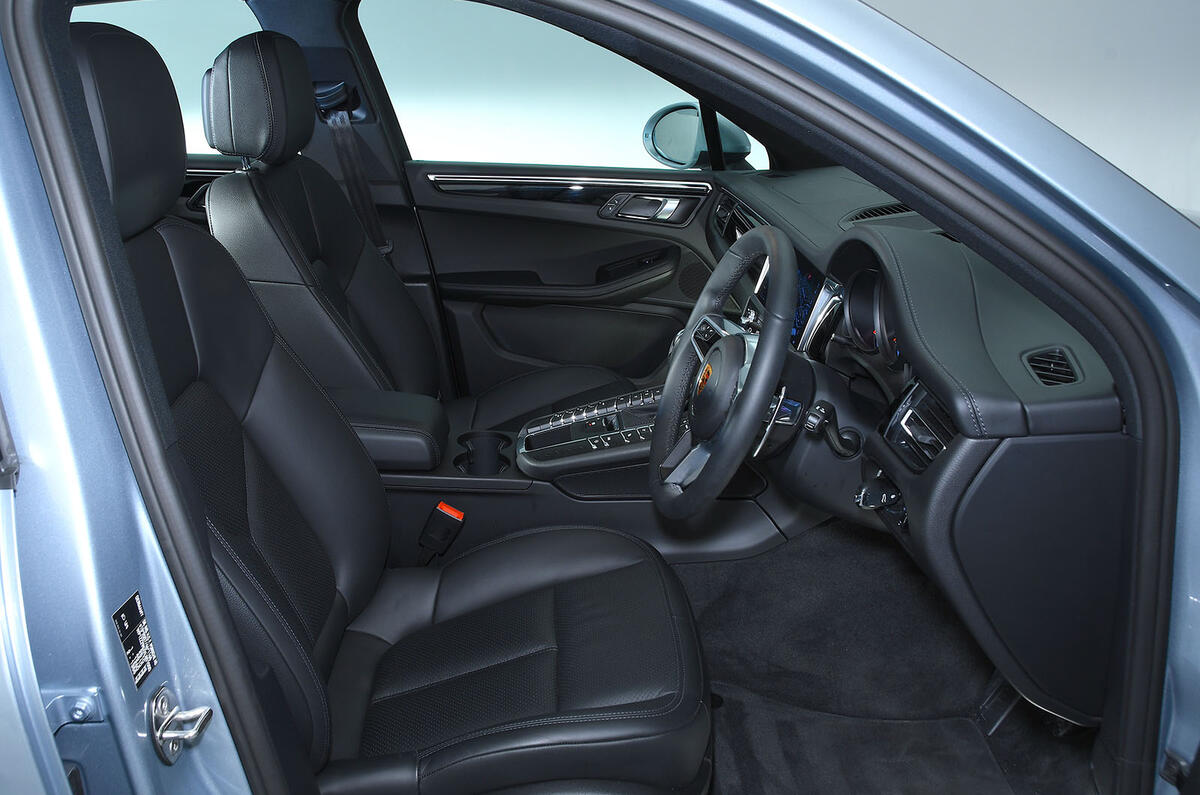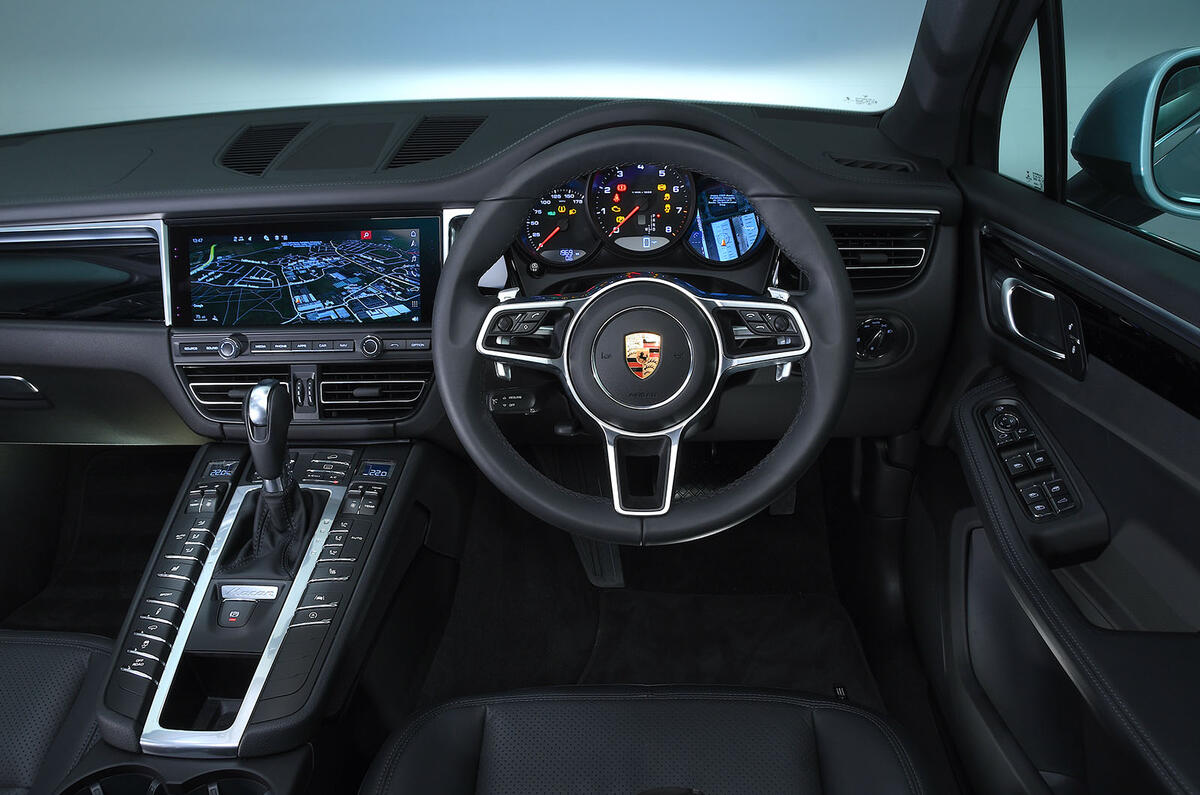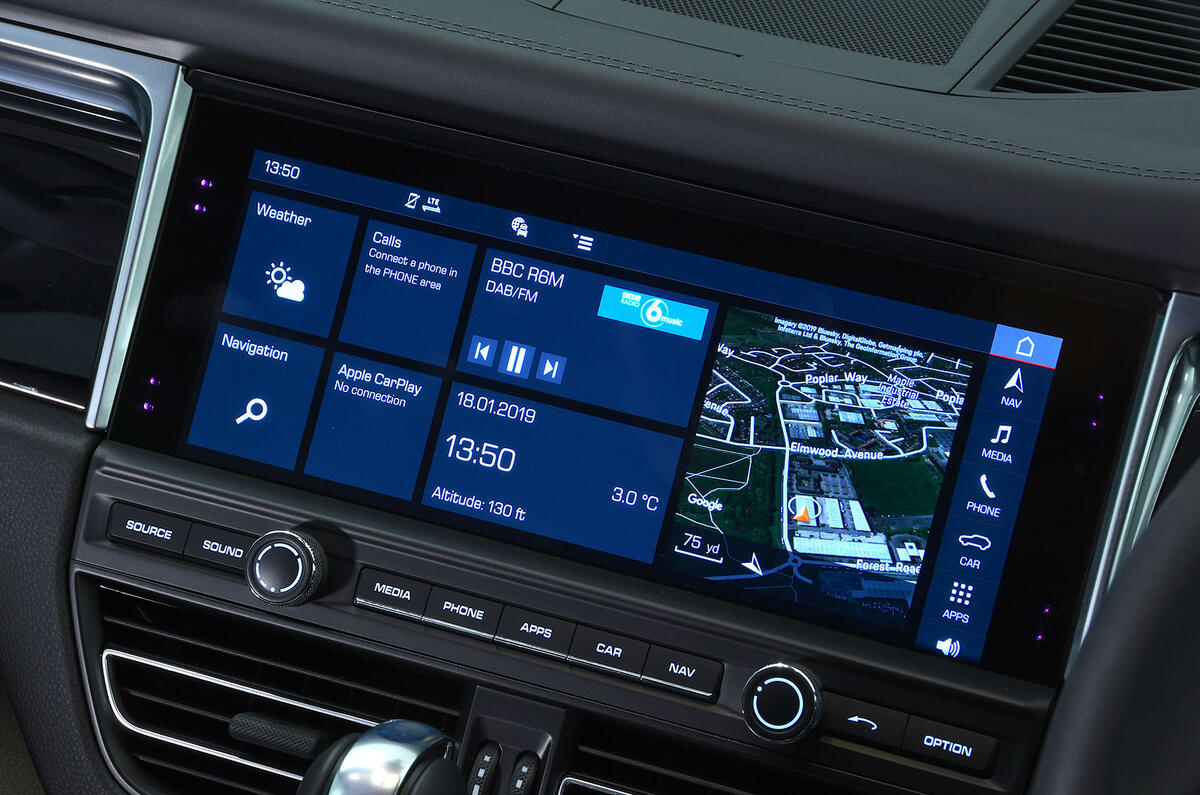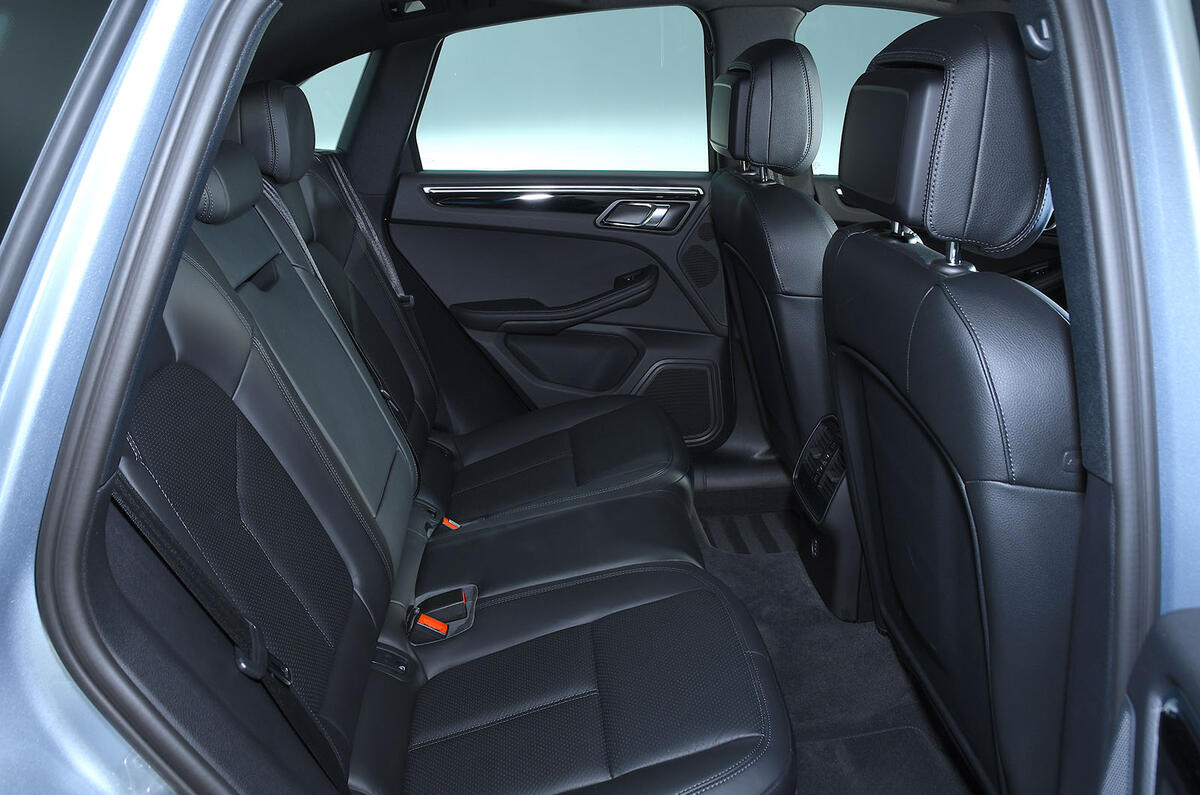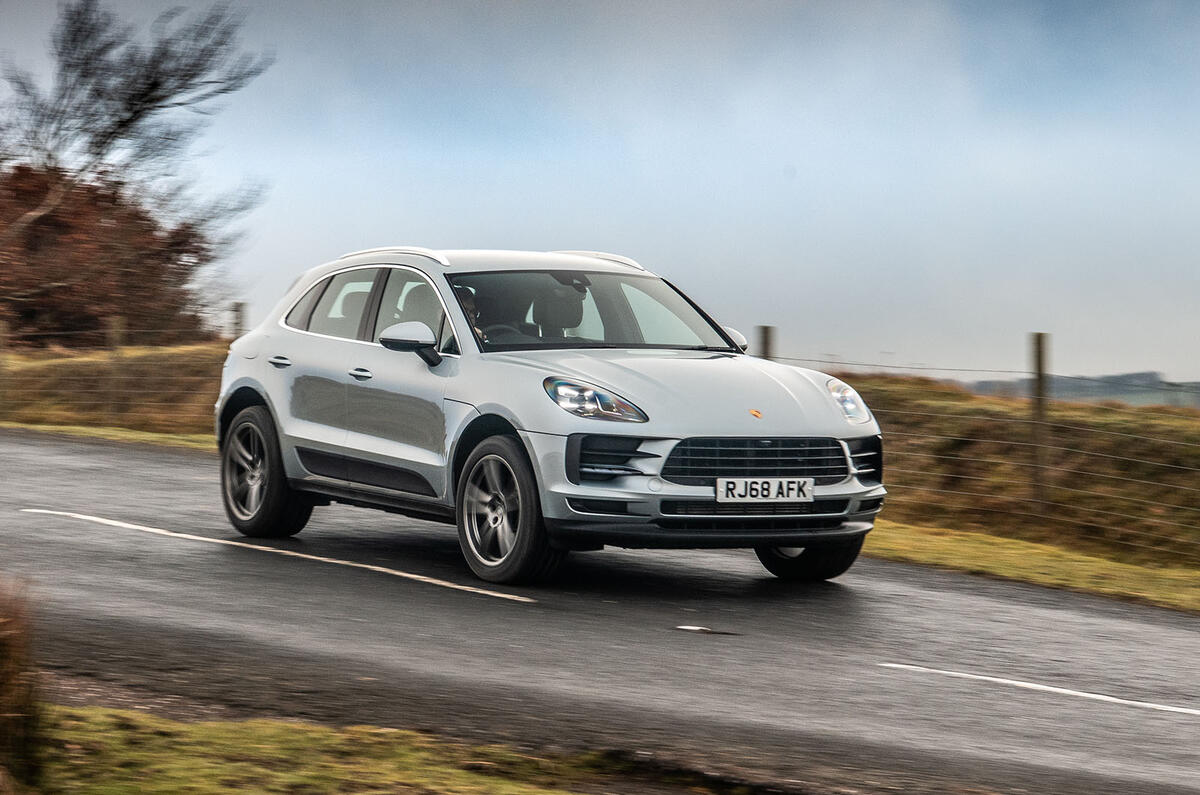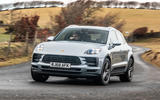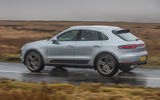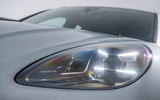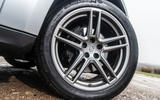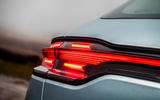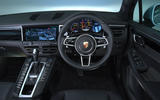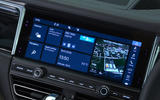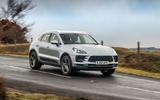It seems fitting somehow that the Porsche Macan, the compact SUV that showed us so vividly how well a relatively high-sided ‘utility car’ could handle when it was launched in 2014, should have taken so little time to rocket to the top of Porsche's sales hierarchy.
This is now, by a comfortable margin, the most popular car than Porsche makes. For the past five years, it has been on a remarkable upward sales trend, and it might even become the company’s first 100,000-annual-unit seller.
It’s unwise to tinker too much with a successful recipe, you might think – but change has nonetheless been thrust on the Macan model range with the deletion last year of the Porsche Macan S Diesel model. Will that deletion put a brake on the march of this remarkable driver’s SUV, at least as far as UK owners are concerned? With no petrol-electric hybrid here for diesel owners to switch to, you do wonder.
In a bid to prevent any slowdown of the car’s sales fortunes, however, Porsche has given the Macan a fairly light but significant mid-life facelift. An updated pair of petrol engines is the mechanical meat of it, but new exterior styling, new interior features and a light suspension overhaul are also important factors.
What does the Macan line-up look like at launch?
For now, the Macan range is made up of an upper-level Porsche Macan S derivative powered by a new 3.0-litre turbocharged V6 with 349bhp, and good for 62mph from rest in 5.1sec; and an entry-level Porsche Macan driven by a 2.0-litre turbocharged four-cylinder petrol engine that develops 242bhp, making for a 6.7sec 0-62mph sprint. The latter gets an updated version of the four-cylinder engine available in the pre-facelifted car by special order, and is expected to be the engine that most Macan Diesel exiles will choose.


